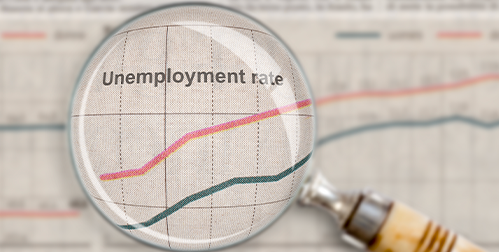- The Social Security Trust Fund is scheduled to run out in 2035
- If Congress doesn’t act, benefits will be delayed or cut
- The most recent cost of living allowance may increase beneficiary’s taxes and premiums
Social Security Trust Fund Running Out
The National Institute on Retirement Security describes retirement income as a ‘three-legged stool’. The three legs are Social Security, a pension plan and retirement savings like a 401(k) or an IRA. But unless Congress acts quickly, one of those legs is going to get a lot shorter.
Since its inception in 1937, Social Security has held a surplus in its Trust Fund. Social Security is funded by payroll tax deductions paid by employees and employers. The taxes aren’t set aside in a fund just for the payees. Current workers are paying for current retirees’ benefits. The Social Security Administration (SSA) had always collected more in payroll taxes than the amount paid out. The trust fund had $2.85 trillion in reserves at the end of 2021.1
Fifty million retired workers collected social security benefits in 2020. In 15 years, millions of retirees may find their benefits being cut. The 2022 Social Security Trustees report said the Social Security trust fund surplus will be depleted in 2035. The number of people paying in is decreasing as the number of those collecting benefits is increasing. This is due to the birth rate decline after the baby boom period following World War 2. As baby boomers retire, fewer workers are left to contribute toward the benefits of each retiree.2
When the trust is empty, beneficiaries would be subjected to benefit cuts of more than 20%. The fund that finances Medicare Part A will run out of reserves in 2028. Afterwards, Medicare will only be able to pay 90 percent of scheduled benefits.3
Congress can fix long term funding issues by cutting benefits, raising taxes or both. Cutting benefits could mean cutting benefits for everyone or increasing the full retirement age. The SSA faced a reserve deficit in 1983. Congress solved the problem then by increasing full retirement age from 65 to 67. They also began collecting income tax on benefits.
An AARP survey found 90% of Democrats, Republicans, and Independents support Social Security. The Center on Budget Policy Priorities says half of seniors get more than 50% of their retirement income from Social Security.4
Despite its popularity, Social Security is known as the third rail of politics. Lawmakers fear any solution will upset some block of voters. Congress is going to put off solving this for as long as possible. In the past, Congress has approved payroll tax hikes to preserve Social Security. Which means future retirees can most likely count on more taxes now and fewer benefits later.

Inflation, COLA and Taxes
We are currently experiencing the highest inflation in 40 years. In response, the SSA issued a Cost of Living Allowance (COLA) to help retirees keep up. The COLA was raised 5.9% in 2022. It was the biggest cost-of-living hike in four decades. It can go even higher next year based on inflation.
More money sounds great, at first. But annual COLAs can push a beneficiary over an income threshold into a higher income bracket. This can result in higher Part B premiums. After the 5.9% bump, some people may pay a 20% increase in premiums.5
Also, income thresholds do not increase each year. More people can be left paying higher taxes on their benefits. Increased premiums and taxes reduce the net benefit a person receives.
Social Security is turning into the weakest leg of the retirement stool. People should be focusing on retirement funds that they can control and preserve their wealth. Retirees shouldn’t have to find themselves at mercy of the government. A Gold IRA is made to protect your savings from inflation and fickle government policies. Contact us today to learn more.

















